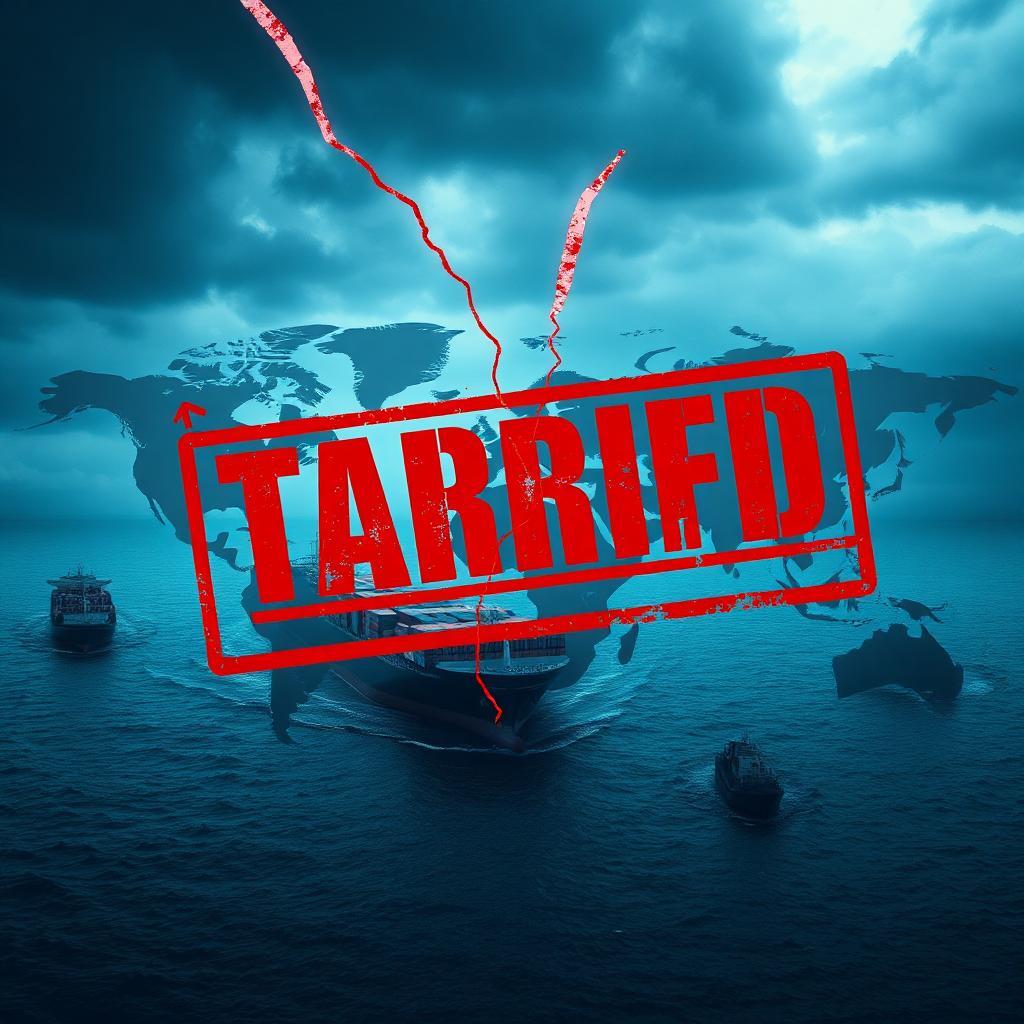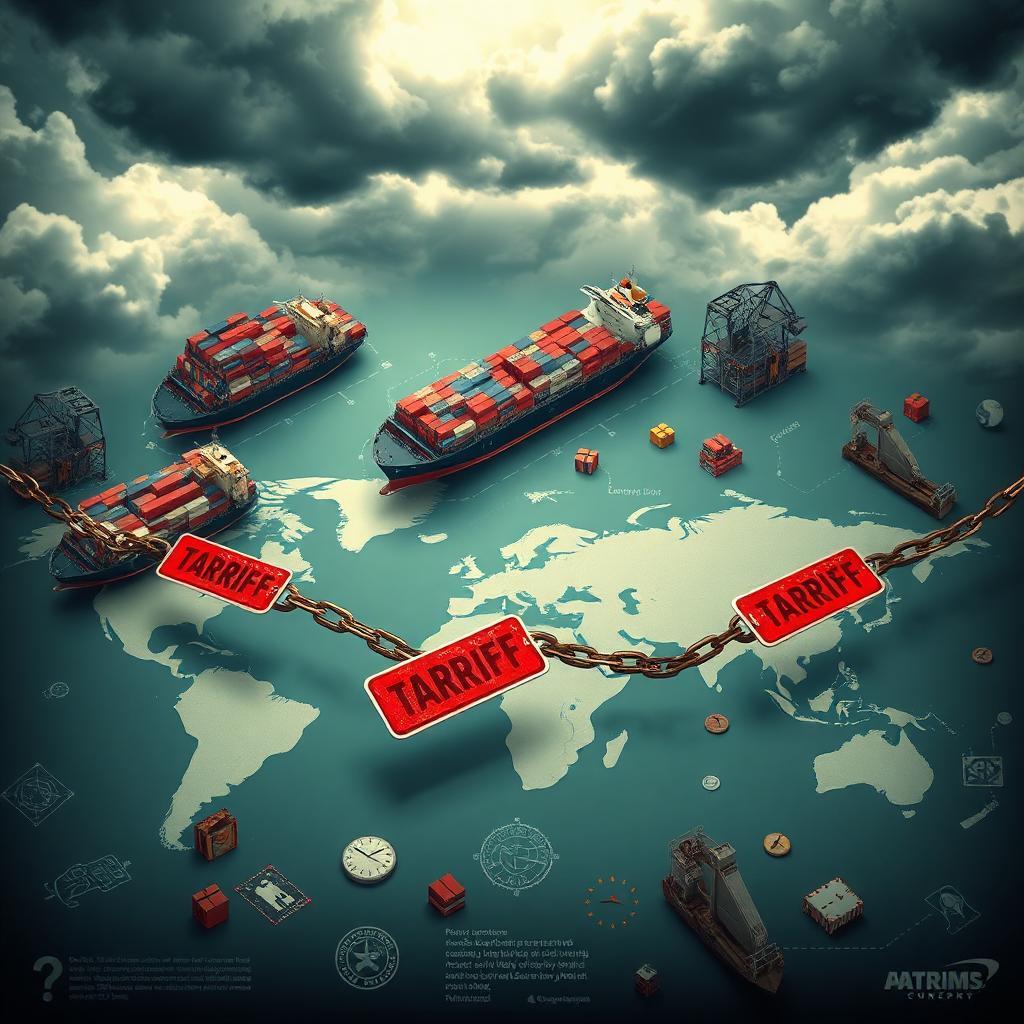Inventory Optimization with AI & Machine Learning
How AI and Machine Learning Are Transforming Demand Forecasting for Wholesale Distributors and Manufacturers
Expanded Data Integration and Real-Time Adaptability
- AI and machine learning (ML) platforms now aggregate and analyze vast datasets—historical sales, market trends, seasonality, economic indicators, weather, and even social media sentiment—to generate more accurate demand forecasts than traditional, manual methods.
- These systems adapt in real-time, updating forecasts as new data arrives (e.g., sudden market shifts or external shocks), ensuring recommendations for what to buy or make are always current and relevant.
Advanced Forecasting Techniques
- Modern AI-powered forecasting uses neural networks, gradient boosting, and reinforcement learning to automatically generate and refine predictions with minimal human intervention, a process sometimes called “touchless forecasting”.
- These models continuously learn from new data, improving forecast accuracy over time and adapting to changing business environments.
Scenario Modeling and Business Recommendations
- AI platforms allow demand planners to model multiple scenarios—such as the impact of promotions, new product launches, or supply disruptions—and translate these insights into actionable business recommendations.
- For new products with little or no sales history, AI leverages early indicators like web analytics, product similarities, and social media engagement to forecast demand more reliably.
Inventory Optimization and Supply Chain Efficiency
- By accurately forecasting demand, AI helps wholesale distributors and manufacturers optimize inventory levels, minimize stockouts, reduce excess inventory, and cut associated costs.
- AI-driven recommendations inform not just what to buy or make, but also when to place orders, how much to produce, and how to allocate resources across the supply chain.
Personalized Recommendations and Predictive Analytics
- AI analyzes customer data to provide personalized product recommendations, supporting upselling, cross-selling, and more targeted inventory planning.
- Predictive analytics help anticipate sales trends and demand patterns, enabling proactive inventory and production decisions.
Evolving Role of Planners
- Demand planners are shifting from manual forecasters to strategic advisors, focusing on integrating external data, interpreting AI-driven insights, and managing exceptions flagged by AI systems
MCP Architecture for Supply Chain Data Integration
The Model Context Protocol is an open standard that enables developers to build secure, two-way connections between their data sources and AI-powered tools, making it ideal for supply chain applications. Each standalone server typically focuses on a specific integration point What Is the Model Context Protocol (MCP) and How It Work, which means you can create specialized MCP servers for different external data sources.
For supply chain sensing, you could implement MCP servers for:
Geopolitical Risk Server
- Real-time monitoring of political instability, sanctions, trade policy changes
- Integration with risk intelligence platforms like Control Risks or Stratfor
- Natural language processing of news feeds, government announcements, and diplomatic cables
- Automated risk scoring for supplier regions and trade routes
Weather & Climate Server
- Integration with meteorological services (NOAA, European Centre, local weather services)
- Climate pattern analysis and extreme weather prediction
- Agricultural impact modeling for commodity-dependent supply chains
- Transportation disruption forecasting
Economic & Trade Policy Server
- Real-time tariff tracking and trade agreement monitoring
- Currency fluctuation analysis and impact modeling
- Economic indicator tracking (GDP, inflation, employment data)
- Trade flow analysis and border crossing delays
Commodity & Raw Materials Server
- Live commodity pricing from exchanges (Chicago Board of Trade, London Metal Exchange)
- Supply-demand analysis for critical raw materials
- Mining and agricultural production data
- Energy price tracking and correlation analysis
AI/ML Processing of External Data Streams
Multi-Modal Data Fusion Modern AI systems can process structured data (commodity prices, weather measurements) alongside unstructured data (news articles, social media, satellite imagery) to create comprehensive situational awareness. Computer vision can analyze satellite imagery for crop conditions, port congestion, or factory activity levels.
Time Series Analysis with External Covariates Advanced ML models like Prophet, LSTM networks, or Transformer architectures can incorporate multiple external time series as covariates in demand forecasting. For example, a model might learn that steel commodity prices have a 6-week leading relationship with automotive demand, while weather patterns affect agricultural product demand with a 2-week lag.
Causal Inference and Impact Quantification AI systems can go beyond correlation to understand causal relationships. Using techniques like causal discovery algorithms or difference-in-differences analysis, the system can quantify how specific external events impact demand, supply availability, or lead times.
Early Warning Systems ML models can detect anomalous patterns in external data streams that precede supply chain disruptions. For instance, unusual shipping patterns in satellite data might indicate port congestion before it's officially reported, or changes in social media sentiment might predict consumer behavior shifts.
Specific Implementation Patterns
Geopolitical Impact Modeling An MCP server could continuously monitor diplomatic tensions, election outcomes, and policy changes, then feed this data into ML models that predict:
- Probability of trade route disruptions
- Likelihood of new tariffs or sanctions
- Currency volatility and its impact on sourcing costs
- Regional demand shifts due to economic instability
For example, if tensions rise between two countries, the system could automatically model scenarios for alternative sourcing strategies and preemptively adjust safety stock levels for affected products.
Weather-Driven Supply Chain Optimization A weather MCP server could report hurricane warnings on planned routes, allowing the agent to detect this new context and immediately re-evaluate its plan, perhaps querying for alternate routes or different transportation modes. This extends beyond immediate weather to include:
- Seasonal demand prediction based on long-range weather forecasts
- Agricultural supply availability based on growing conditions
- Energy costs fluctuation affecting manufacturing and transportation
- Consumer behavior changes (e.g., early winter apparel demand due to cold snaps)
Commodity Price Integration Real-time commodity data can drive sophisticated cost modeling:
- Raw material cost prediction affecting product pricing and sourcing decisions
- Energy price fluctuations impacting transportation and manufacturing costs
- Currency hedging recommendations based on commodity exposure
- Supplier viability assessment based on input cost pressures
Regulatory and Trade Policy Monitoring An MCP server dedicated to regulatory changes could track:
- Pending legislation affecting product requirements or import/export rules
- Environmental regulations impacting supplier operations
- Trade agreement negotiations and their potential supply chain implications
- Port and customs policy changes affecting lead times
Advanced Analytics Capabilities
Scenario Modeling and Stress Testing AI systems can run thousands of scenario simulations incorporating various combinations of external factors. For example, "What happens to our Southeast Asian supply chain if there's a 20% increase in shipping costs, a new 15% tariff, and a major typhoon season?"
Dynamic Safety Stock Optimization Instead of static safety stock calculations, AI can continuously adjust buffer inventory based on real-time risk assessment. If geopolitical tensions increase shipping risks for a particular route, safety stock at downstream locations can be automatically increased.
Supplier Risk Scoring ML models can create dynamic supplier risk scores incorporating multiple external factors:
- Financial stability based on economic conditions in supplier regions
- Operational risk based on weather patterns and infrastructure conditions
- Regulatory compliance risk based on changing government policies
- Geopolitical risk based on international relations and trade policies
Implementation Architecture
Real-Time Data Ingestion MCP servers can maintain persistent connections to external data sources, processing streaming data and pushing updates to the planning system only when significant changes occur. This reduces computational overhead while ensuring responsiveness.
Hierarchical Processing External data can be processed at multiple time horizons - high-frequency trading algorithms might react to minute-by-minute commodity price changes, while strategic planning models might focus on monthly trends in geopolitical stability.
Contextual Relevance Filtering AI systems can learn which external factors are most relevant for specific products, regions, or time horizons. Not every geopolitical event affects every supply chain - the system becomes more efficient by focusing on relevant signals.
Federated Learning for Privacy When incorporating sensitive external data (especially regarding suppliers or competitive intelligence), federated learning approaches can train models without centralizing sensitive information.
The combination of MCP servers for standardized data integration and advanced AI/ML processing creates an unprecedented opportunity for supply chains to become truly sensing organisms - continuously aware of their external environment and capable of proactive rather than reactive planning. This transforms supply chain planning from a periodic batch process to a continuous, adaptive capability that can respond to the complex, interconnected global environment in which modern businesses operate.





Best Practices for Geopolitical Risk Assessment in Supply Chains
Data Integration and Monitoring Companies should establish comprehensive monitoring systems that track multiple data streams: trade policy announcements, diplomatic tensions, regulatory changes, and economic indicators from key supplier countries. The most effective approach involves creating a centralized intelligence hub that aggregates data from government sources, trade associations, news feeds, and economic research institutions.
Supplier Mapping and Risk Scoring Develop detailed supplier maps that go beyond first-tier suppliers to include sub-suppliers and raw material sources. Each supplier should be assigned risk scores based on their country's political stability, trade relationships, and historical tariff patterns. This creates visibility into potential cascading effects when tariffs hit specific regions.
Scenario Planning and Stress Testing Build multiple scenarios based on different geopolitical outcomes - from minor trade disputes to major policy shifts. Test your supply chain's resilience under each scenario, calculating potential cost increases, delivery delays, and alternative sourcing requirements. This should include both direct tariff impacts and secondary effects like currency fluctuations and shipping disruptions.
Early Warning Systems Implement alert systems that trigger when certain geopolitical indicators reach predefined thresholds. These might include diplomatic tensions, trade negotiation breakdowns, or unusual shipping pattern changes that could signal impending policy changes.
AI and ML Applications in Geopolitical Supply Chain Analysis
Predictive Analytics for Policy Changes Machine learning models analyze vast amounts of unstructured data - news articles, social media, government communications, and economic reports - to predict potential tariff changes before they're officially announced. Natural language processing can detect sentiment shifts in trade relationships and identify early warning signals.
Real-time Risk Assessment AI systems continuously evaluate supplier risk by processing multiple data streams simultaneously. They can identify correlations between seemingly unrelated events (like election outcomes and trade policy changes) and automatically adjust risk scores across your supplier base.
Supply Chain Optimization ML algorithms can rapidly evaluate thousands of potential supply chain configurations when tariff scenarios change. They optimize for cost, delivery time, and risk exposure simultaneously, suggesting alternative suppliers or routing strategies that minimize overall impact.
Automated Compliance Monitoring AI systems track changing regulations across multiple jurisdictions and automatically flag compliance issues. They can predict which products might be affected by new tariff classifications and suggest proactive adjustments to sourcing strategies.
Pattern Recognition in Trade Flows Machine learning identifies unusual patterns in global trade data that might indicate impending policy changes or supply disruptions. This includes analyzing shipping routes, commodity flows, and pricing anomalies that could signal geopolitical tensions.
Implementation Recommendations
Start by establishing baseline visibility into your supply chain's geographical exposure. Many companies discover they have more geopolitical risk than initially realized once they map their full supplier network.
Invest in data quality and standardization before implementing advanced analytics. AI/ML models are only as good as the data they process, so clean, consistent supplier and trade data is essential.
Consider partnering with specialized geopolitical risk firms or using enterprise platforms that combine trade data with political intelligence. Building this capability entirely in-house can be resource-intensive and may miss nuanced political developments.
Test your systems regularly with both historical scenarios and hypothetical future events. This helps validate your models and ensures your team knows how to respond when real situations arise.
The most successful companies treat geopolitical supply chain risk as an ongoing strategic capability rather than a one-time assessment, continuously refining their models and responses as global conditions evolve.
Subscribe to our newsletter
Stay informed about our latest updates through email. Subscribe here.
